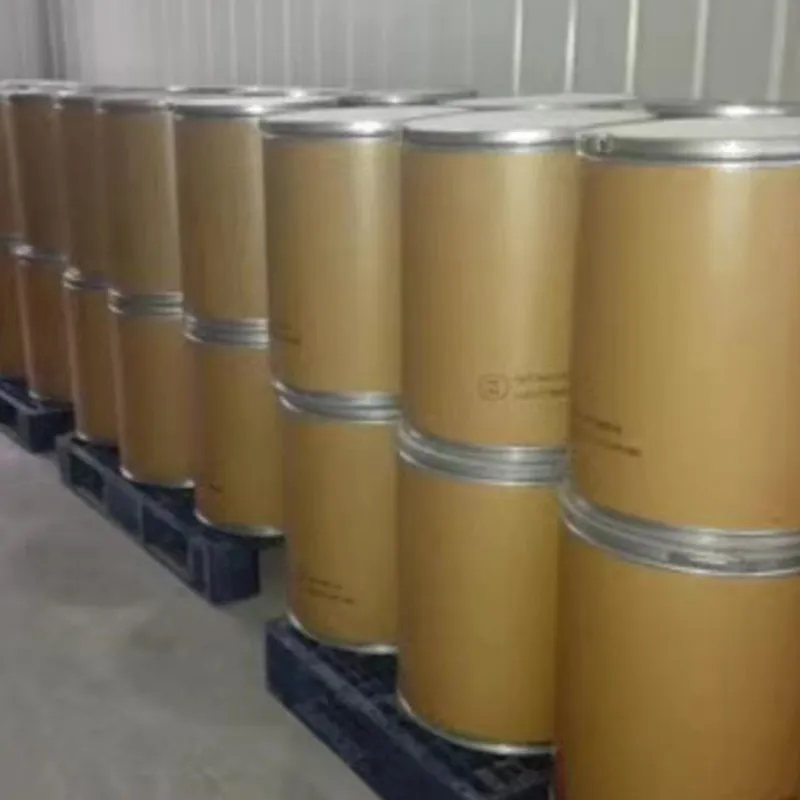
Exploring the Benefits of Emulsifiers 471 and 472 in Food Technology
Understanding Emulsifiers E471 and E472 Their Roles and Importance in Food Production
Emulsifiers are crucial ingredients in the food industry, providing stability and texture to a wide variety of products. Among these, E471 and E472 are two commonly used emulsifiers that play significant roles in improving food quality and shelf life. This article will explore what E471 and E472 are, their sources, functions, and their impact on food science.
What Are E471 and E472?
E471, commonly known as mono- and diglycerides of fatty acids, is an emulsifier derived from glycerol and fatty acids. These compounds can be sourced from both animal and vegetable fats, making them versatile and widely acceptable in various food applications. E472, on the other hand, refers to a group of esters of fatty acids, often made by reacting fatty acids with various alcohols. This group includes several different emulsifiers, such as E472a (diacetyl tartaric acid esters of mono- and diglycerides).
Both E471 and E472 are recognized as safe by food safety authorities, including the European Food Safety Authority (EFSA) and the U.S. Food and Drug Administration (FDA). They are often found in products such as baked goods, margarine, sauces, ice cream, and chocolate, where they help to blend ingredients that would typically not mix well, like oil and water.
Functions of E471 and E472
Emulsifiers like E471 and E472 perform several essential functions in food production
1. Stabilization They help maintain mixed ingredients in a stable state, preventing separation. This is particularly important in products like mayonnaise and salad dressings, where oil and vinegar or other watery substances need to be combined without separation.
emulsifier 471 472

2. Texture Improvement Emulsifiers contribute to the creaminess and mouthfeel of food products. For example, they can help create a smooth texture in ice cream, ensuring that it does not develop ice crystals that would detract from the eating experience.
3. Shelf Life Extension By stabilizing emulsions, E471 and E472 can help extend the shelf life of products, thereby reducing waste and improving economic efficiency. They help keep the product looking and tasting fresh over time.
4. Increased Volume In baked goods, emulsifiers can improve the aeration of doughs and batters, resulting in a lighter texture and increased volume in the final product.
Health Aspects and Considerations
While E471 and E472 are generally considered safe for consumption, there is some ongoing debate about the health implications of consuming emulsifiers. Some studies suggest that excessive intake of certain emulsifiers may disrupt gut health and contribute to inflammatory conditions. However, these claims often stem from levels of consumption far exceeding those typically found in a balanced diet.
Consumers should note that emulsifiers derived from animal fats may not be suitable for vegetarians and vegans. It is essential for food manufacturers to clearly label products containing these emulsifiers, allowing consumers to make informed choices about their dietary preferences.
Conclusion
E471 and E472 play an invaluable role in modern food production, enhancing texture, stability, and shelf life in a wide array of products. Understanding these emulsifiers helps consumers appreciate the complexities of their food and the science behind food production. As food technology advances, further research will likely clarify any health concerns associated with these emulsifiers, ensuring that they remain safe and beneficial components in our diets. As always, moderation and balance are key, and being informed about what we consume is the best approach to healthy eating.
-
Why Glacial Acetic Acid Food Grade Is Essential in FlavorNewsMay.26,2025
-
Surging Export Growth of Food Additives in ChinaNewsMay.26,2025
-
How Ammonium Nitrate Fertilizer Boosts Crop YieldsNewsMay.26,2025
-
How 1,2,3-Benzotriazole Shields Plastics from UV DegradationNewsMay.26,2025
-
Cyanide in Gold Mining: Protecting People and the PlanetNewsMay.26,2025
-
Aluminum Hydroxide in Modern Sunscreen FormulationsNewsMay.26,2025
-
Understanding Synthetic Rubber OptionsNewsApr.27,2025
Hebei Tenger Chemical Technology Co., Ltd. focuses on the chemical industry and is committed to the export service of chemical raw materials.
-

view more DiethanolisopropanolamineIn the ever-growing field of chemical solutions, diethanolisopropanolamine (DEIPA) stands out as a versatile and important compound. Due to its unique chemical structure and properties, DEIPA is of interest to various industries including construction, personal care, and agriculture. -

view more TriisopropanolamineTriisopropanolamine (TIPA) alkanol amine substance, is a kind of alcohol amine compound with amino and alcohol hydroxyl, and because of its molecules contains both amino and hydroxyl. -

view more Tetramethyl Thiuram DisulfideTetramethyl thiuram disulfide, also known as TMTD, is a white to light-yellow powder with a distinct sulfur-like odor. It is soluble in organic solvents such as benzene, acetone, and ethyl acetate, making it highly versatile for use in different formulations. TMTD is known for its excellent vulcanization acceleration properties, which makes it a key ingredient in the production of rubber products. Additionally, it acts as an effective fungicide and bactericide, making it valuable in agricultural applications. Its high purity and stability ensure consistent performance, making it a preferred choice for manufacturers across various industries.











